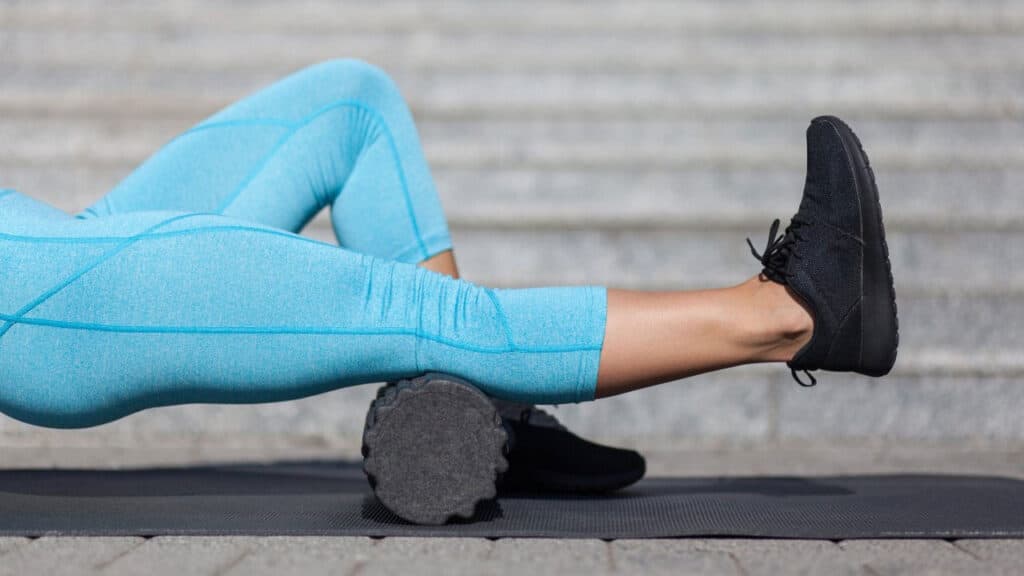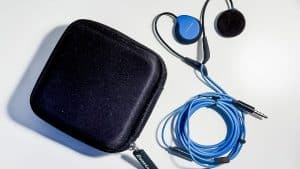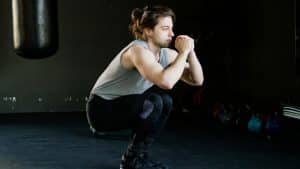My first thought when someone mentions flexibility exercises is stretching. You probably think of something similar, or maybe you imagine yoga. Foam rolling doesn’t have quite the same public profile, but there’s some scientific evidence that it is also a valuable way to loosen up your tendons, ligaments and joints.
A more formal term for foam rolling is fascia training. That’s because “fascia” is the name for the connective tissues that you’re working. One of the stated aims of this type of exercise is something called myofascial release. This is the relaxing of the muscles and stimulation of blood flow, which may alleviate any accumulated tightness or soreness.
If you’ve ever seen a foam roller, you may wonder exactly how it can do all that. All it looks like is a cylinder of foam. You can imagine it being part of a collection of children’s toys. These rollers, however, appear in the offices of physical therapists and in the classes of yoga and Pilates teachers.
The foam of a roller is fairly dense, creating a firm, solid cylinder with a gently rounded edge. This allows it to have a massaging effect when you push your body against it. It can be used on different body parts, strengthening your abdomen, loosening your calves, quads and hamstrings, or working further up with your back and neck. Range of motion may improve when you use foam rolling while stretching.
Most of the time, foam rolling is used either during a warmup to improve short-term flexibility before performing more intense exercises or during a cooldown, when it may aid recovery and reduce the risk of pain or soreness later.
When trying foam rolling for the first time, take it slowly. It can cause some discomfort, especially if you’re not used to it. Work with a professional to ensure you’re using the best, safest techniques. If it starts being painful, stop. Foam rolling is meant to be a simple, easy way to work on your flexibility. If it doesn’t do that, it may not be the exercise for you.
Early research into foam rolling suggests it may be an effective tool for improving flexibility, reducing soreness and aiding recovery. That’s why it has become an increasingly popular technique. There is still, however, a lot of work to be done to fully understand its potential benefits and risks.




